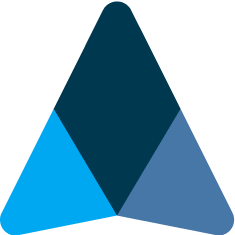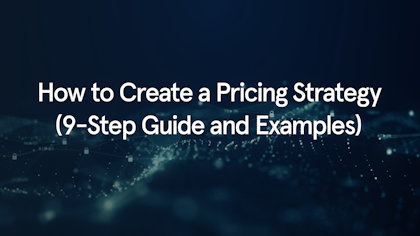Example
A simplified example based on a real-life Bain proposal to UC Berkeley - illustrating the situation-complication-resolution storyline:
Background and context (situation)
Like many universities, UC Berkeley has recently come under significant financial pressure. Inconsistent and declining funding from the State of California and rising operating costs have led to a budgeted shortfall of $145 million for the FY 2008-09.
What is the problem? (complication)
UC Berkeley has already taken several dramatic steps to reduce the budget shortfall - including increases to student fees, faculty hiring slowdown, staff hiring freeze, and furloughs.
These steps have solved the problem in the short term, but the cost reductions are not sustainable on a prolonged basis (as shown in this forecast).
Accordingly, UC Berkeley seeks to improve the efficiency and effectiveness of its operations and organization so that the $145 million budget gap can be reduced.
Objectives of the project and proposed solution (resolution)
The primary objective of this project is to identify options to reduce the University's addressable operating cost structure by as much as $80 million to $100 million (vs. 2022-23 baseline costs) through more efficient and effective operations.
To achieve this, we will deliver a gross list of cost-spanning options to select from spanning these cost-areas: Labor costs, processes, policies, organizational structures, and systems.
Experience has shown us that the most important factors... (continues)





















